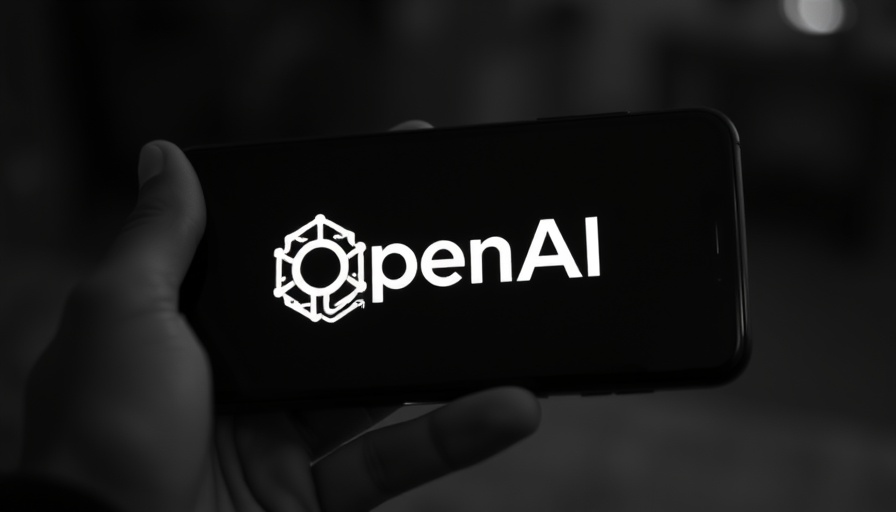
Key Challenges in Developing the OpenAI-Ive AI Device
In an ambitious collaboration destined to redefine human-technology interaction, OpenAI and design visionary Jony Ive are endeavoring to create a revolutionary AI device. This highly anticipated equipment, which is expected to be palm-sized and devoid of traditional screens, seeks to integrate audio and visual stimuli to respond intuitively to users.
However, according to recent reports by the Financial Times, this partnership is facing substantial hurdles that threaten to delay its launch. Notably, significant technical issues include defining the device's “personality” and addressing inherent privacy concerns associated with an all-listening technology.
Understanding the Scope of the Device's Technical Issues
The primary technical difficulty revolves around the considerable computing power necessary for the device to operate effectively. Insiders inform that while competitors such as Amazon and Google have robust infrastructures to scale their AI offerings, OpenAI is currently struggling to bolster its computational capabilities. This gap presents a stark contrast in operational readiness, highlighting a critical disparity in technical scale that could hinder market entry.
The Vision Behind OpenAI's Innovative Concept
The device represents more than just another piece of consumer electronics; it's a forward-thinking attempt at transforming user engagement with AI. Where current AI assistants rely on screens and text-based interactions, this palm-sized device looks to provide a far more intimate and immersive experience. Spatial audio cues, sophisticated microphones, and possibly multiple cameras position it to create an engaging user experience.
As OpenAI’s CFO, Sarah Friar, elaborated during a recent technology conference, this innovation aims to capture the same revolutionary spirit that marked the transition from flip phones to smartphones, necessitating a paradigm that transcends existing modalities in AI.
What Stands in the Way of a Timely Release?
Originally slated for a release in 2026, forecasts have changed significantly due to the technical setbacks. The project might appear to be just another case of standard product development delays, but given OpenAI's current valuation and market positioning, there is relentless pressure to deliver a groundbreaking product.
Industry analysts have likened the urgency to companies facing the reality of machine-led growth in a rapidly evolving tech landscape. As startup valuations soar—OpenAI has amassed a staggering $500 billion value, surpassing even industry titans like SpaceX—the demand for tangible products heightens.
The Broader Implications of AI Device Development
Should OpenAI succeed in overcoming these challenges, the device could significantly reshape personal interactions with AI. As AI technology aims to enhance human capabilities rather than complicate interactions, the implications extend beyond just their product roadmap. It raises critical questions about how humans can integrate such devices into their lives seamlessly.
Potential innovations may also inspire a shift towards self-learning infrastructure that could redefine behavioral algorithms and foster an adaptive approach to technology engagement.
Final Insights and Future Directions for OpenAI and Jony Ive
Considering the developments and challenges at hand, it's crucial for business leaders, CTOs, and executives to understand that the landscape of AI device creation is riddled with complexities worth navigating. By unpacking these elements, companies can glean valuable insights into not just the adoption of AI technologies, but the practical deployment of innovative solutions that align with evolving consumer demands.
With the aspiration that this device embodies, the necessity for resilience and continuous iteration emerges as a core tenet of future product strategy. Those looking to invest in AI or adjust their technological frameworks should stay closely attuned to these advancements, sporting a readiness for adaptation in a market that values exploratory leadership and innovation.
 Add Row
Add Row  Add Element
Add Element 



Write A Comment